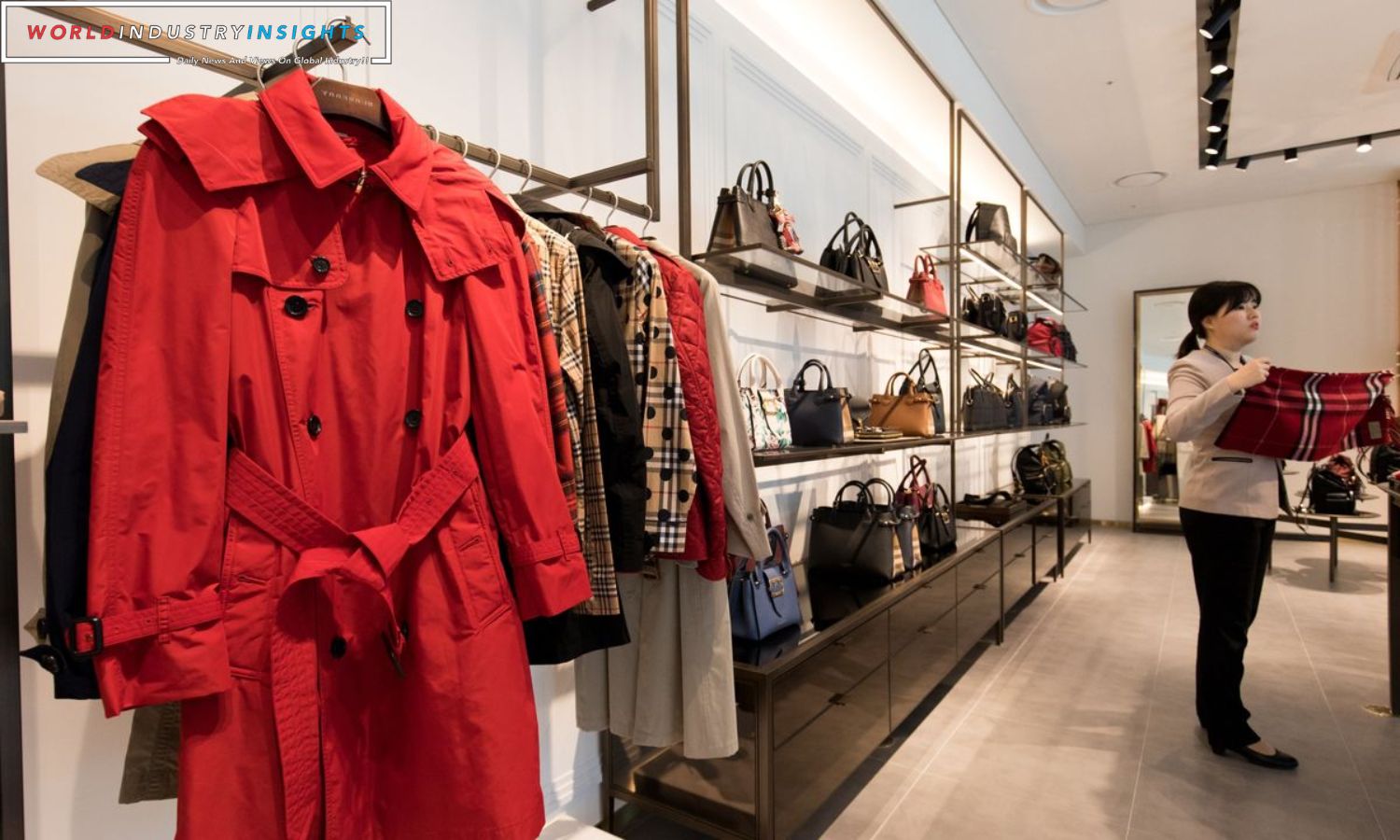Burberry Luxury Labyrinth: In a recent announcement, Burberry (BRBY.L) expressed concerns about meeting its annual revenue forecast, citing headwinds from a worldwide slowdown in luxury spending. The British fashion house, renowned for its iconic trench coats and distinctive plaid pattern, reported a significant deceleration in comparable store sales growth during the second quarter, dropping from an impressive 18% in the first quarter to a modest 1%.
The primary factor contributing to this slowdown has been the diminishing growth in China, a critical market for luxury brands. The global luxury sector, including industry giants like LVMH and Kering, has been grappling with challenging conditions, with rising inflation and economic uncertainty denting consumers’ appetite for high-end goods.
LVMH (LVMH.PA), the world’s largest luxury group, which boasts renowned brands like Louis Vuitton, Dior, and Tiffany, reported a slowdown in quarterly sales in October. Similarly, Kering (PRTP.PA), with fashion houses such as Yves Saint Laurent and Balenciaga under its umbrella, experienced a deceleration. Richemont, the owner of Cartier, also anticipated slower growth in the luxury market.
For Burberry, the second quarter saw a retreat in China after a rebound from the impact of COVID-19 lockdowns. Demand weakened throughout the quarter, with Chief Financial Officer Kate Ferry highlighting the continuation of these exit rates into the current quarter. Notably, local demand also contracted in Burberry’s home market of Britain, and in the Americas, comparable store sales experienced a significant 10% drop.
Also Read: Richemont Luxury Labyrinth: Earnings Dip Amid Economic Headwinds
The company noted a shift in spending patterns among Chinese luxury consumers, with a preference for overseas destinations rather than mainland China. The positive side was seen in European destinations, where tourism played a crucial role, contributing to just over half of the spending in the region.
Despite these challenges, Burberry’s Chief Executive, Jonathan Akeroyd, expressed confidence in the brand’s strategy. He affirmed the commitment to realizing Burberry’s potential as a modern British luxury brand and emphasized their dedication to achieving medium and long-term targets.
In terms of product performance, Burberry highlighted encouraging early indicators for its Winter ’23 collection. Specific categories, such as outerwear and leather goods, demonstrated a strong performance in the company’s first half.
As Burberry grapples with the evolving landscape of the luxury market, the fashion house remains optimistic about its strategic direction. The brand aims to navigate the complexities of the current macroeconomic environment while staying true to its vision as a modern British luxury icon.


